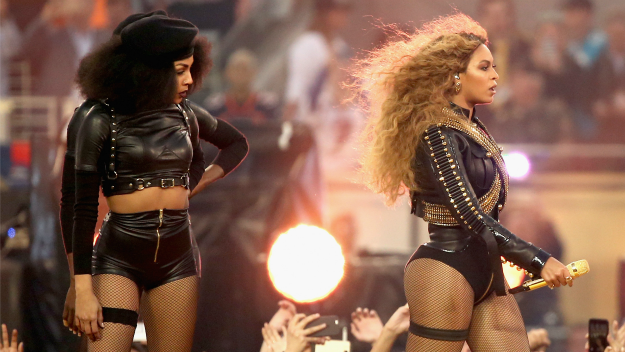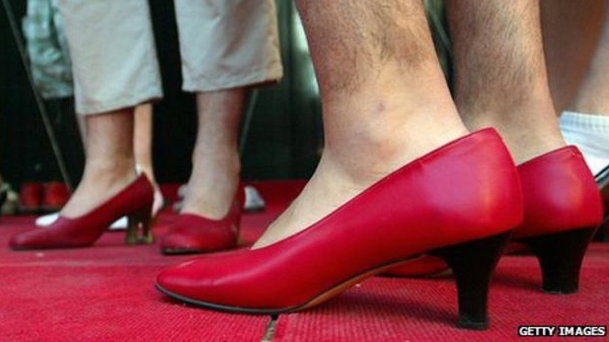|
To prepare for some end-of-quarter, pre-exam summation and review, let's think about potential exam questions. You will receive the list of possible exam questions during lecture on Monday. But before that — by midnight Sunday! — each student must submit a question they think could be an exam question. What do you think Patrick will ask for a final exam? Better: How could the material we've read best be compared, contrasted, and discussed?
Submit your potential question in the comments section of this post. Do not duplicate questions; read previously submitted ones to make sure yours is not similar. In class, our discussion leaders will offer some examples and ways to get at some of your answers, and we'll firm up the overall trajectory of the course.
21 Comments
To prepare for some end-of-quarter, pre-exam summation and review, let's think about potential exam questions. You will receive the list of possible exam questions during lecture on Monday. But before that — by midnight Sunday! — each student must submit a question they think could be an exam question. What do you think Patrick will ask for a final exam? Better: How could the material we've read best be compared, contrasted, and discussed?
Submit your potential question in the comments section of this post. Do not duplicate questions; read previously submitted ones to make sure yours is not similar. In class, our discussion leaders will offer some examples and ways to get at some of your answers, and we'll firm up the overall trajectory of the course. The New York Times just published a couple of interesting pieces related to our discussions about gender and identity.
Just saw this nifty 2-minute video posted to Aeon (a great online mag), summing up Goffman's thinking about the performative self! Many of you have mentioned that you watched last night's Super Bowl and its halftime music performances. Some of you likely also have encountered today's deliberations in news media and online about Beyoncé's appearance during that halftime show. Pundits on the notoriously conservative Fox News channel (and other sources) called her appearance "outrageous" based on her presentation of political ideas — namely the Black Lives Matter movement — in both her song and her dancer's costumes.
This is well-timed for our discussion of racial coding and othering in the Hall, Mulvey, and hooks readings. Per my discussion in the Monday section today about the move that Stuart Hall and subsequent scholars made to justify the study of popular culture: here's a link to the post on my personal blog about the highbrow vs. lowbrow binary — and the lasting effect it has on America's view of itself and its culture.
Participation! Read the Van Wyck Brooks essay linked there. What do you think about his perspective on American culture? Do we still divide the culture between this binary? For what purpose — what work is that doing, and for whom? Directive: For this assignment, groups will design and write a mystery. Mysteries may take any form, but should include both an extended narrative (story) and visual components (film, video, photography, graphic images, etc.). Using theories of signification and the social unconscious from class readings, groups will embed within their mysteries hidden “clues” along the way, presented in both narrative and visual modes. This is intended as a creative project, so groups should feel free to experiment with the assignment.
Once upon a time, men commonly wore high-heeled shoes. Not necessarily like those pictured here, but definitely big, chunky, elevating heels. This interesting BBC story asks: why did men stop wearing them? (As a rule, that is. In certain contexts, of course, some men still do.)
Participation! Read the story and consider the stated reasons for this change. Put this into conversation with Judith Butler's ideas about gender performativity. What is it about the structure of a shoe that signals gender? How do other elements of fashion contribute to gender construction? The above song, a one-hit wonder from 1971, is a particularly historically and culturally situated lyrical consideration of signs — in the denotative sense, surely (actual posts and placards containing written messages), but also in various connotative senses.
Semiotics, as outlined in the Danesi reading, can be a lot to get your head around. If you'd like more in-depth background on signs, codes, texts, and more, look to this excellent primer, "Semiotics for Beginners," particularly parts 1, 2, 7, and 9. Participation! Consider this image below, indicating the appropriate gender of restroom facilities. Does it look more like a man than a woman? Why? What is indexed? What is symbolized? This week you'll complete the first of the course's two group assignments, per the syllabus. Here's a written prompt for that assignment ...
|
COMM 10
|



 RSS Feed
RSS Feed